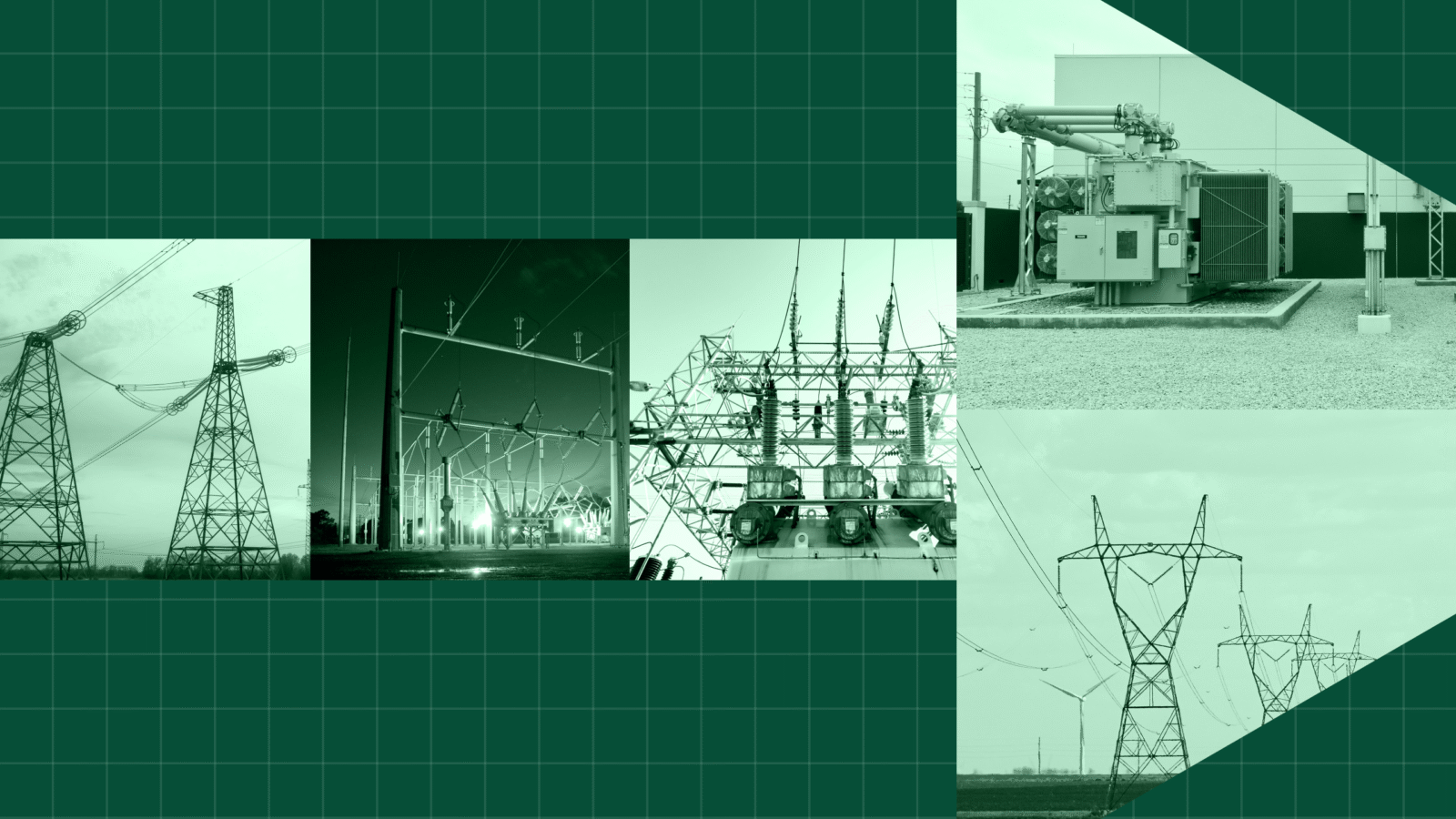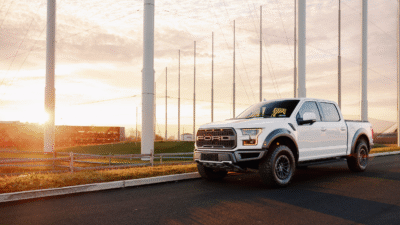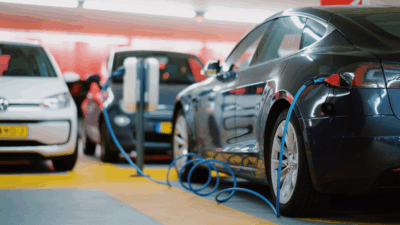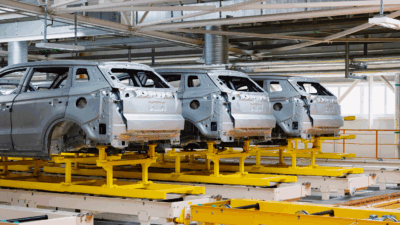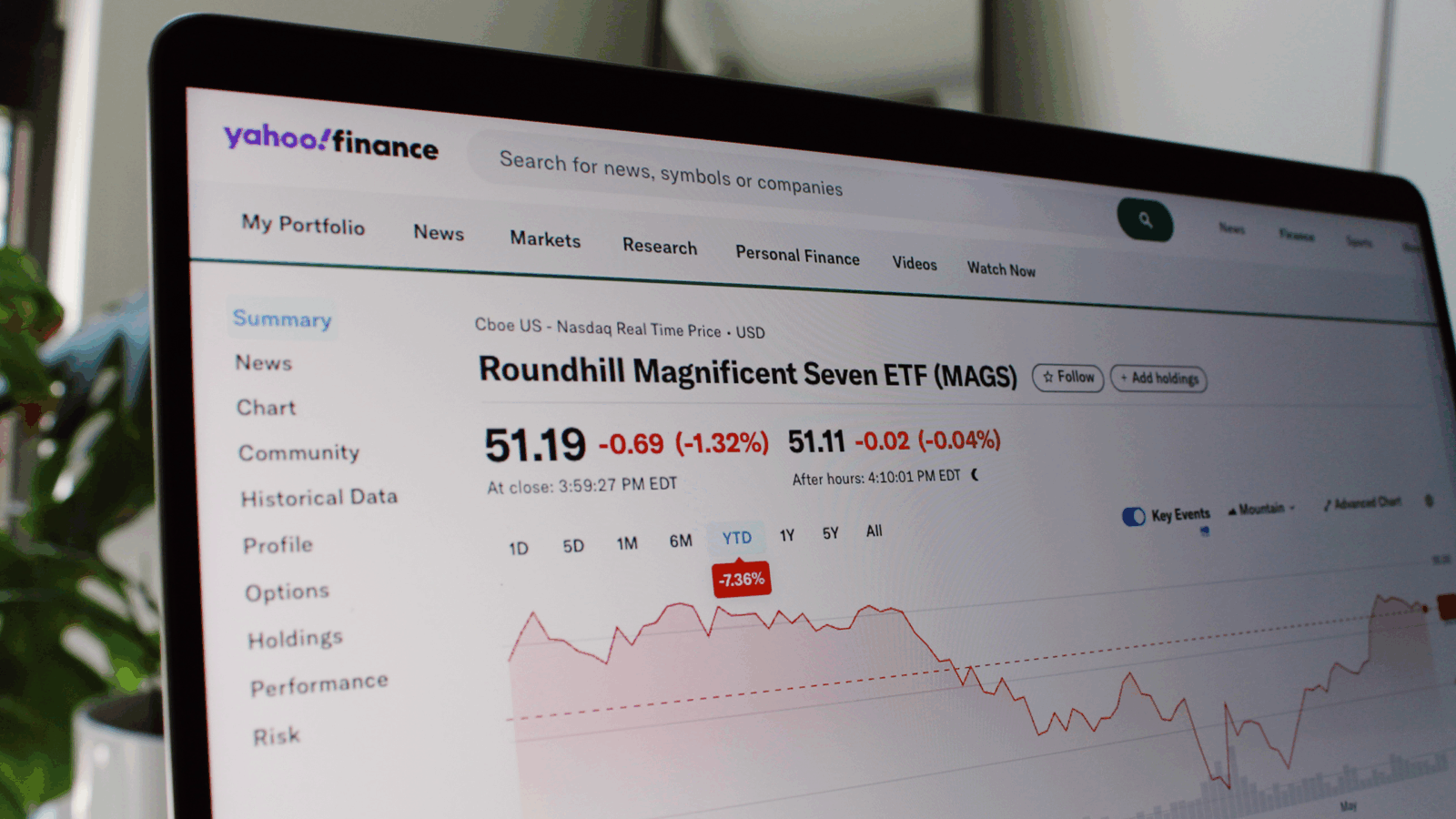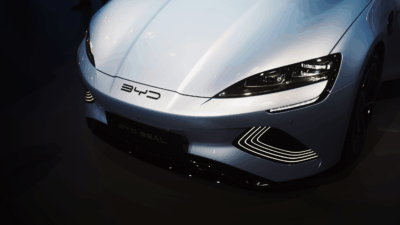Nikola Files for Bankruptcy. What’s Next for the Electric Semi-Truck Industry?
There are signs that the emissions-free long haul semi-truck industry is slowly but surely picking up momentum, with or without Nikola.
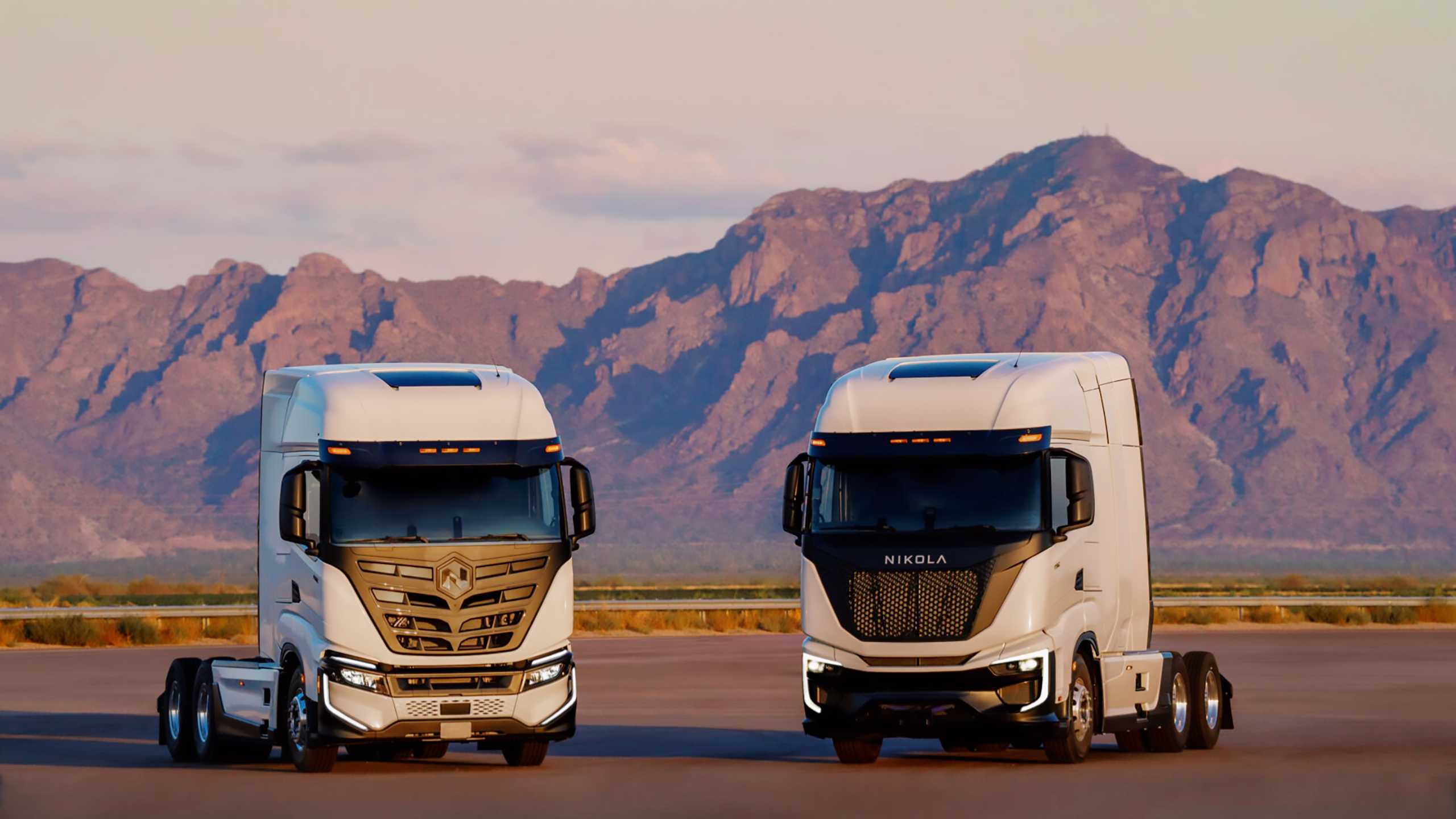
Sign up for smart news, insights, and analysis on the biggest financial stories of the day.
Yeah, Breaker one-nine, this here’s Nikola, and we’re insolvent.
On Wednesday, the Arizona-based company — which rode promises of battery-powered hydrogen fuel cell long-haul trucks to absurd highs and terrible lows — filed for bankruptcy protection, with plans to wind down most or all of its businesses. So where does that leave the electric semi-truck industry?
Short, Strange Trip
Between fraud charges and safety recalls, Nikola didn’t exactly set itself up for long-haul success. Even without those issues, however, it might still be in a similar situation today given the awfully slow materialization of market demand for emissions-free semi-trucks, especially in the US.
There are signs, however, that the industry is slowly but surely picking up momentum (some might say just like a giant truck placed in neutral rolling down a big hill). Electric trucks represented just 1% of total truck production in 2024, Alex Clark, research director at climate data analytics firm Asset Impact, told The Daily Upside. But Clark said that’s about double where it stood in 2022, and the market is expected to increase sixfold to represent about 5% of total global production by 2028, with fuel cell technology representing another 3%. (For reference: The industry is expected to produce 125,000 trucks in 2028, according to Asset Impact data.)
As Nikola fades from existence, who stands to gain? At least a few familiar names are the most likely candidates:
- In the US, Nikola accounted for about two-thirds of total electric truck production in 2022, and one-third of production in 2023 (it delivered zero vehicles in 2024), Clark said. The US contributed just 3% of global e-truck production in 2024, but that’s expected to rise to 12% by 2028; existing US producers such as Mack, Freightliner, and Kenworth will likely fill the void, while Tesla says it plans to start production on an electric semi-truck this year.
- Globally, Chinese companies such as BYD, Hubei and Dongfeng account for 70% of total electric truck production. Meanwhile, Renault, Volvo, and Mercedes-Benz account for 10%, 4%, and 3% of global production, respectively, according to Asset Impact data.
The Rearview is 20/20: For the record: Nikola’s implosion is remarkable. The company had a market cap of about $30 billion in June 2020, just months after going public via a SPAC merger and before it had sold a single vehicle (Ford’s current market cap? Around $37 billion). Months later, a Hindenburg Research report uncovered a fraud scheme that ultimately landed founder Trevor Milton in prison. As for the rest of the industry, to quote the Grateful Dead in their 1970 classic Truckin, see what tomorrow brings.
